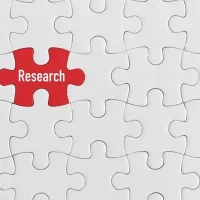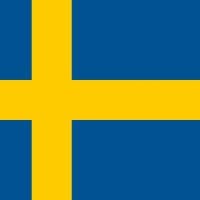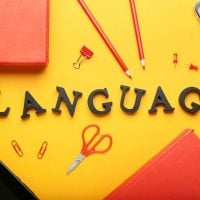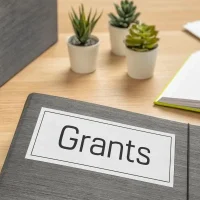Deadline: 01-Oct-21
The Embassy of the Kingdom of the Netherlands in Canberra, Australia welcomes project proposals for Dutch-Australian Cultural Heritage 2021 International Heritage Co-operation Program.
The 4 Ms: Maritime, Military, Migrant & Mercantile heritage
The Embassy’s International Heritage program focuses on four pillars: Maritime, Military, Migrant and Mercantile heritage – the so called 4 M’s. The focus of the program over the next four years is on the sustainable preservation of this heritage, particularly through digitization.
- Maritime: The historical connection between Australia and the Netherlands dates back to the 17th century, when Dutch VOC ships under captains such as Janszoon (1606), Dirk Hartog (1616) and Abel Tasman (1642), mapped and charted the Australian continent, long before the arrival of Captain Cook. Ill-fated journeys ended in shipwrecks off the Australian coast. Some wrecks, like the Batavia, were found, while the search for others continues.
- Military: During World War II, the Netherlands and Australia were close allies. Royal Netherlands and East Indies Forces operated from Australia, as part of the allied opposition to Japan. After the Netherlands East Indies (Indonesia) fell to the Japanese, both soldiers and refugees fled to Australia. They left tangible reminders of the shared military history and stories that are worth preserving for future generations.
- Migration: In the aftermath of World War II, Australia welcomed around 160.000 Dutch migrants. These migrants contributed to Australian society, culture and prosperity and became an important factor in shaping the nation. The Australian Census 2016 recorded 70,165 Netherlands-born people in Australia, whilst 339,549 of the respondents claimed Dutch ancestry.
- Mercantile: Many Dutch migrants contributed to the Australian economy as entrepreneurs and manufacturers, setting up businesses and consequently leaving traces of mercantile heritage.
- Digitization: Australian institutions are actively digitizing their heritage collections to preserve artefacts and make them accessible for researchers and a broader public alike. The embassy encourages initiatives that advance this public access.
Funding Information
- The requested financial contribution of the Embassy should be between $3,000 and $30,000 (AUD).
Eligibility Criteria
- Grant applications can only be submitted by Australian legal entities that are not dependent on the International Heritage Cooperation Program for financial contribution of its core operational funding. Commercial activities and activities by individuals will not be funded.
- The organization collaborates with a Dutch project partner based in the Netherlands preferably with joint goals and preferably with reciprocal in-kind and/or financial contributions.
- The cooperation is based on equality, reciprocity, respect for ownership and the recognition that Indigenous populations of colonial territories were served an injustice through the involuntary loss of objects that form their cultural heritage.
- The application must be accompanied by a written confirmation from a Dutch counterpart(s) confirming that the application has been mutually agreed.
- The activity takes place in Australia.
- The Embassy’s contribution will not exceed 50% of the total project budget. The financial value (or a fair estimate) of any in-kind contributions (such as expertise, equipment, office space and PR) may be included. The Embassy does not sponsor overhead costs.
For more information, visit https://bit.ly/2U0pC5I









































